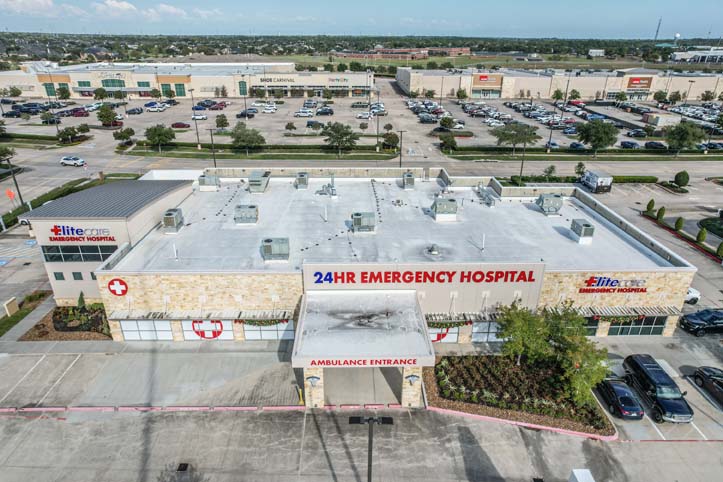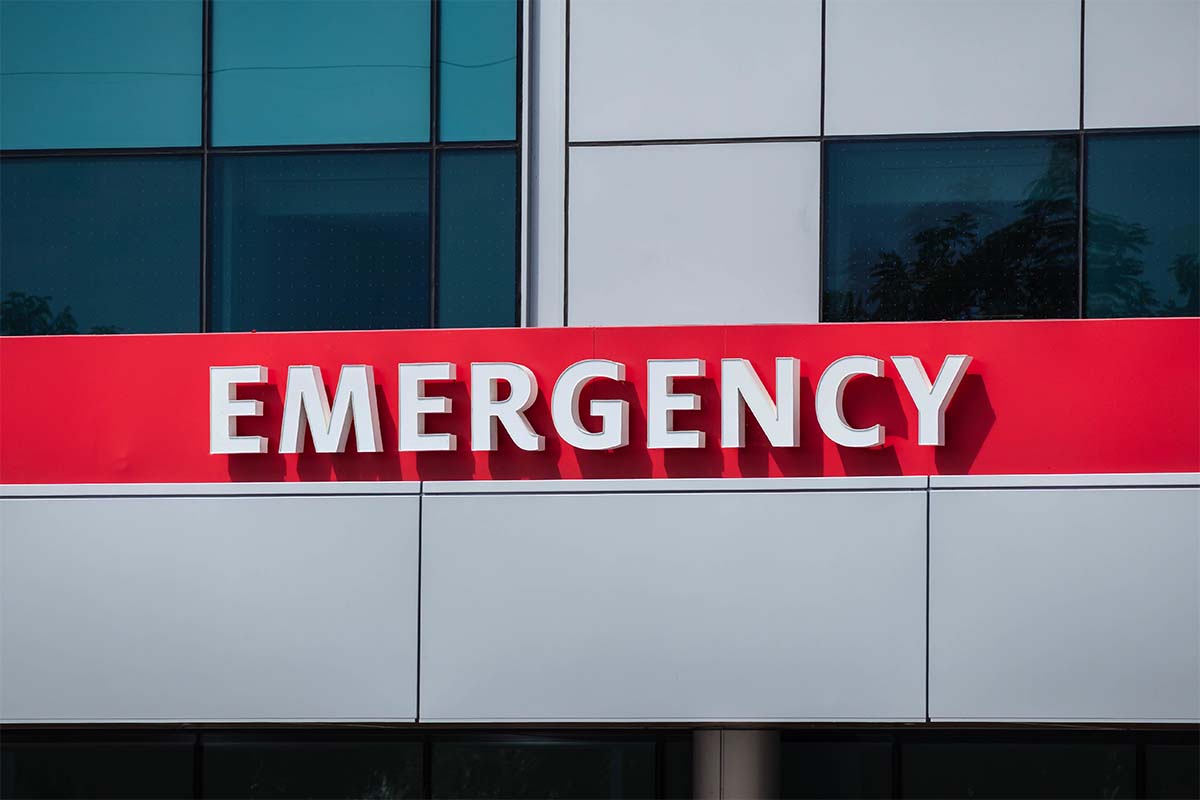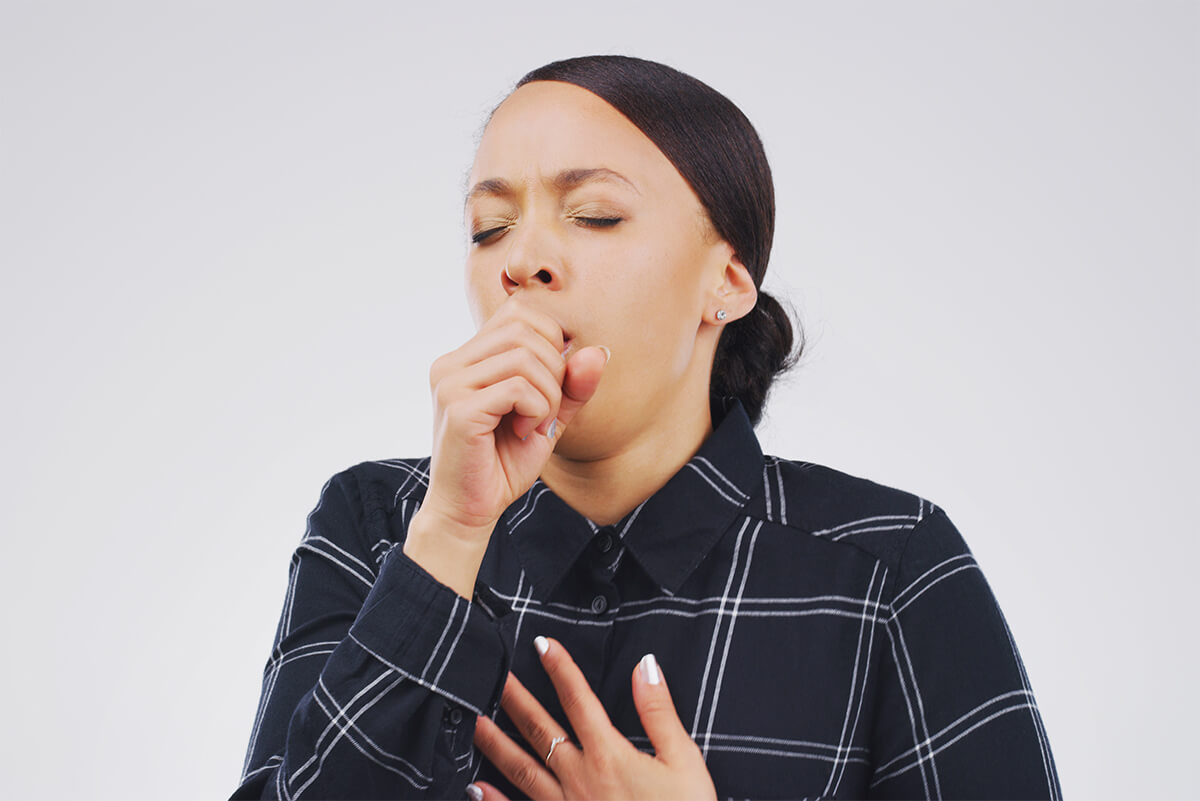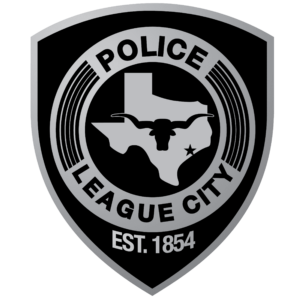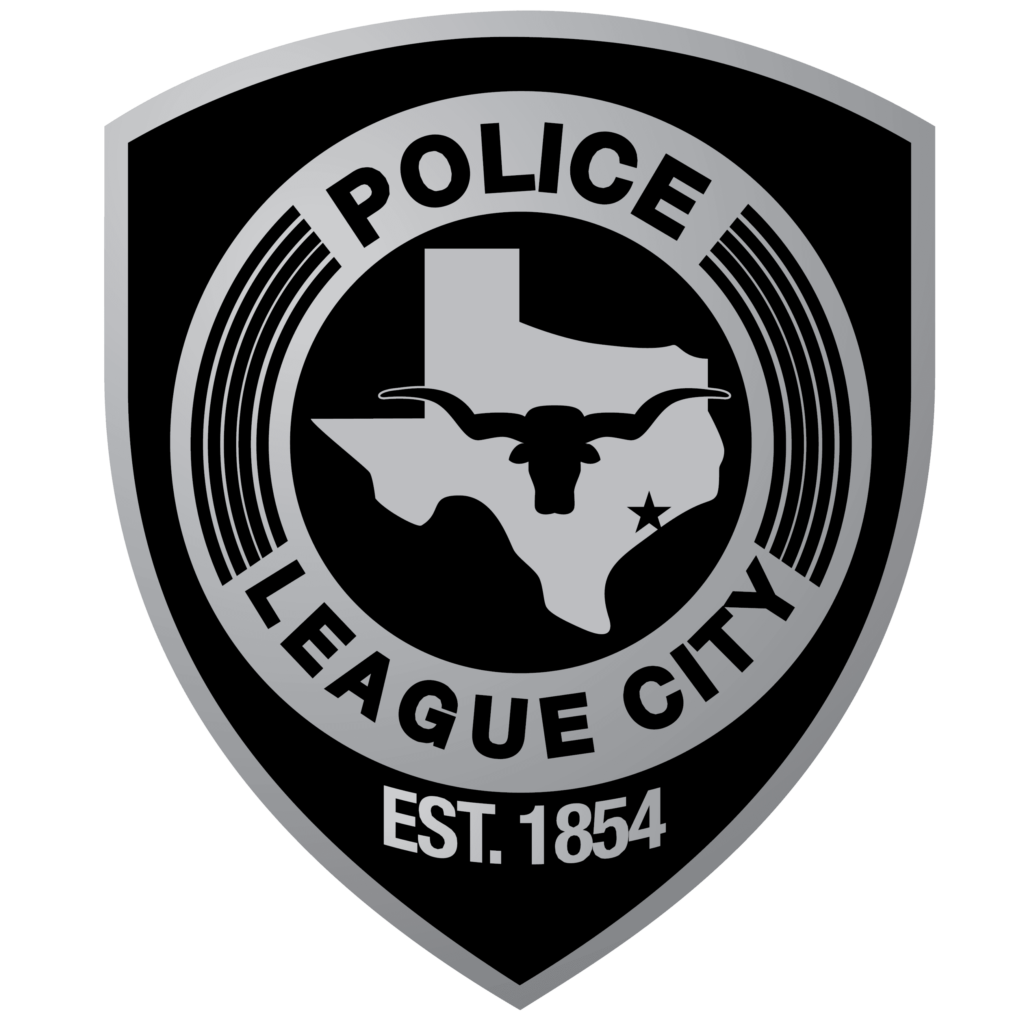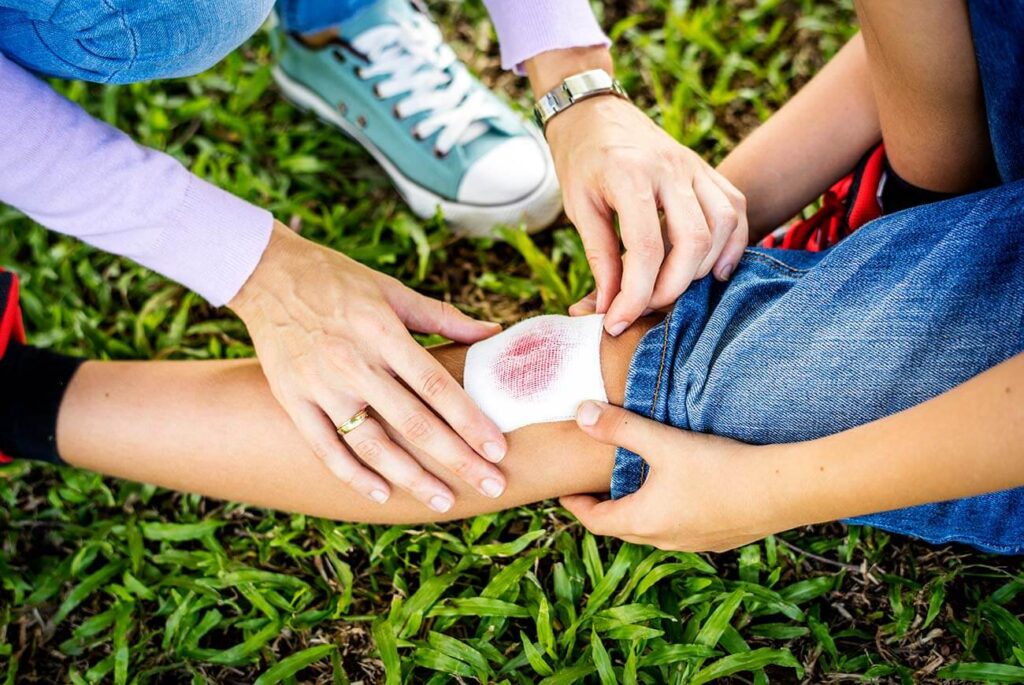
First-Aid Tips Every Household Should Know
Accidents happen, especially in and around the home. Whether you’re a parent cooking in the kitchen or kids are playing in the backyard, the potential for minor injuries is always present. Knowing what to do when these incidents occur can make a big difference in how quickly someone recovers. Basic first-aid helps you manage these situations calmly and effectively, keeping minor injuries from becoming something more serious.
Living in League City, Texas, where family activities and outdoor fun are part of daily life, means being ready to deal with any unexpected mishaps. Having the right first-aid knowledge prepares you to handle everything from a scraped knee to a mild burn efficiently. Let’s explore some common household injuries and how you can address them efficiently and safely.
Common Household Injuries and Their First-Aid Responses
Household injuries are almost as common as house chores. While most are not life-threatening, knowing how to treat them is crucial for a speedy recovery. Here’s how to handle some typical injuries that might happen at home:
– Cuts and Scrapes: First, clean the wound gently with soap and water to remove any dirt. Use a clean cloth or bandage to apply pressure if there’s bleeding until it stops. Apply some antiseptic to prevent infection, and cover it up with a bandage. This simple action protects the wound while promoting healing.
– Burns: Immediately cool the burn under running water for several minutes. Avoid using ice as it can cause more harm. If the burn area is small, cover it with a sterile gauze bandage. Remember not to apply creams or butter, as they can trap heat and worsen the burn.
– Sprains and Strains: Rest and elevate the injured area to reduce swelling, which can interfere with healing. Applying a cold pack for intervals of 20 minutes can help with inflammation and discomfort. After a couple of days, gentle movement or stretching can aid recovery, but avoid putting too much strain too soon.
– Choking: For mild cases where someone can still cough, encourage them to continue. If a child is choking and cannot breathe or speak, perform back blows and abdominal thrusts. It’s important to act quickly and effectively to clear the airway.
– Insect Bites and Stings: For bites, clean the area with soap and water and apply a cold compress to reduce swelling. In case of stings, remove the stinger by scraping it with a flat surface, like a credit card. An anti-itch cream or antihistamine can help soothe the irritation. Keep an eye out for any allergic reactions, like difficulty breathing or severe swelling, that may need urgent care.
Being prepared means having an idea of these first-aid responses. Remember, it’s always better to seek professional help if you’re unsure about the severity of an injury or how to treat it appropriately. This awareness can make a huge difference in handling everyday accidents with confidence and care.
Essential First-Aid Kit Items You Should Have
Having a well-stocked first-aid kit at home is like having your own handy helper ready when accidents happen. It’s important to keep it current and accessible, so you’re always prepared for those unexpected moments. Here’s a quick checklist of items that every home in League City should consider having:
1. Adhesive Bandages: Keep various sizes to cover any small cuts or scrapes.
2. Gauze and Dressings: Use these for larger wounds that need more protection.
3. Antiseptic Wipes: Help clean cuts and prevent infections.
4. Medical Tape: Secures dressings and can hold bandages in place.
5. Thermometer: Essential for quickly checking for fevers after a tumble or injury.
6. Cold Pack: Great for bumps, bruises, and sprains to reduce swelling.
7. Tweezers: Handy for removing splinters or bee stingers.
8. Scissors: Useful for cutting bandages and medical tape to the right size.
9. Pain Relievers: Medication like ibuprofen or acetaminophen can ease discomfort until you get professional help.
Remember to check your first-aid kit regularly to replace expired items, and store it in a place that’s easy to access but out of reach of young children. This way, you’re always ready when the unexpected happens.
When to Seek Professional Help
Knowing when to handle an injury on your own and when to reach out for professional help can sometimes be tricky. Here are some clear signs and scenarios where it’s best to head over to an emergency care facility:
– Severe Bleeding: If bleeding doesn’t stop with pressure or is spurting, this requires immediate medical attention.
– Unconsciousness: If someone faints or loses consciousness, even briefly, it’s important to get them checked out by a professional.
– Breathing Difficulties: Any sign of trouble breathing, such as wheezing or gasping, especially after an insect sting or choking, needs urgent care.
– Serious Falls or Injuries: Falls that lead to dizziness, severe pain, or do not allow a person to stand or walk should be examined by a healthcare provider.
– Allergic Reactions: If there’s swelling of the face or throat, difficulty breathing, or a widespread rash, seek help right away.
Recognizing these situations helps ensure that you get the right care promptly. Sometimes, expertise from a healthcare professional is the safest route, offering peace of mind and proper treatment.
Be Prepared to Handle Home Injuries with First-Aid Confidence
First-aid knowledge is your first line of defense against everyday injuries that can happen in a busy home. By being prepared, you can keep calm and take effective action when accidents occur. This readiness not only helps keep everyone safe but also means you’re a huge support when your family needs you most. Staying informed and having practical skills matter for maintaining a safe environment where loved ones can thrive without worry.
From minor mishaps to more serious situations, knowing when to head to an emergency care facility can make all the difference for you and your family. Elitecare is here to offer the support and professional medical care you need when urgent situations arise. Discover more about our services and how we can help today.

